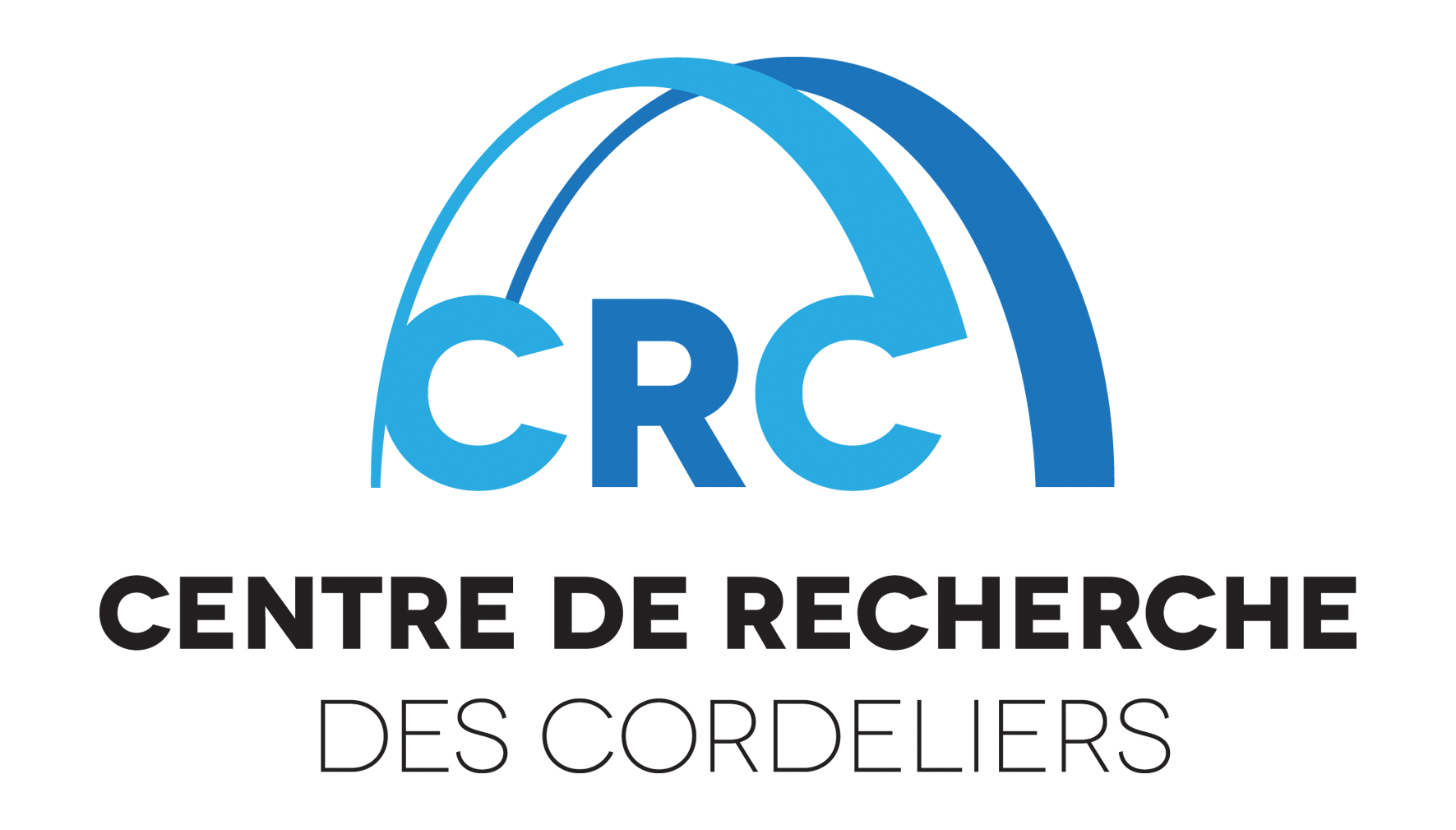Environmental factors are increasingly considered as strong public health issues and recent investigations pointed out the contribution of exposure to endocrine disrupting Chemicals (EDCs) to chronic pathologies, fertility troubles and cancers. Despite the molecular mechanisms they use to affect human health remain unknown, steroid receptors seem tightly involved in EDC effects. We and others have shown that most tissues of oral cavity including express hormone receptors whose expression varies among bone- and dental-cell differentiation (Jedeon et al., 2014; Houari et al., 2016). The oral cavity is the first and main route of contamination by environmental factors, by food, breathing or medication. The pathologies of the oral cavity are various and numerous. Among them, developmental enamel defects such as molar incisor hypomineralization (MIH) and fluorosis retain our attention (Jedeon et al., 2013; Houari et al., 2014). MIH was described recently but affects now around 15% of children worldwide. We showed that EDCs acting via steroid receptors contribute to enamel hypomineralization (Jedeon et al., 2013; 2014; 2016a) and increase dental fluorosis (Jedeon et al., 2016b). Enamel defects being irreversible, they may be used as early markers of exposure to environmental factors associated to other pathologies diagnosed after decades such as cancers (Houari et al., 2019). Many recent studies report the contribution of environmental factors to the increased cancer risk. Most of oral cancers are directly or indirectly related to environmental factors (tobacco and alcohol being the best characterized) but the contribution of all the others remains unknown. Since steroid hormones and their receptors play crucial roles in cancer, and since exposure to EDCs during fetal and perinatal time periods has been associated to increased risk of cancers, we hypothesize that EDCs can also influence the development of cancers including oral cancers

